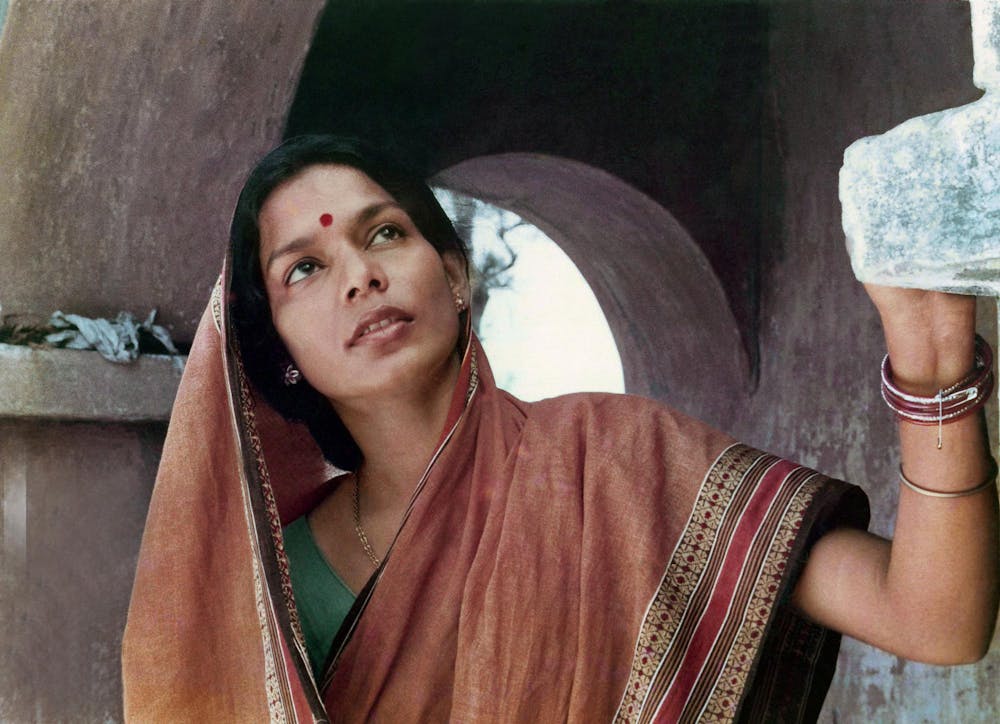At this year’s iteration of Il Cinema Ritrovato, the 1984 Indian film “Maya Miriga” was viewable for the first time in decades.
The annual film festival, held in Italy by the archival organization Cineteca di Bologna, screens restored works from film laboratories and international archives, including their own. Film is easily damaged and degrades quickly, and cinematic works shot on film need to be properly preserved.
But history has not always shown such media care — films were abandoned in unprotected environments, exposed to various natural elements or misplaced after their release. While cinema is often viewed as an immortal medium, without restoration, many movies are lost forever.
When “Maya Miriga” was first released, it propelled Odia cinema — a lesser-known category of Indian cinema — to international recognition. Yet the film and its director, Nirad Mohapatra, faded into relative obscurity over time.
“Maya Miriga” was later found abandoned in a warehouse in incredibly poor conditions. Indian filmmaker and producer Shivendra Singh Dungarpur, along with the Film Heritage Foundation, restored “Maya Miriga” to preserve and spotlight the heritage of Odia film for future generations.
Restoring a film is an expensive, arduous process and requires a myriad of technical abilities and training. Before the film’s official re-release, Mohaptra’s son spoke emotionally about the time, effort and love that provided for the restoration.
“Maya Miriga” was the only film from India screened at the festival. For people who grew up watching Bollywood films, it may be unheard of to see Indian cinema that is not centered around flashy, intricate song and dance numbers. “Maya Miriga’s” restoration and showing at Il Cinema Ritrovato allowed audiences to engage with unique and untold facets of India’s cinematic history.
The film follows a village family grappling with how to educate their sons. But the film’s real star is one of the brother’s wives, Prabha, who silently endures her invisibility within the household. “Maya Miriga” takes a slow, monotonous pace, allowing viewers to resonate with Prabha’s irritation. Through its unrushed storytelling, the film makes it easy to empathize with Prabha and her eventual breaking point during conflict with her husband.
Today, slow cinema is admittedly difficult to digest. Taking the time to sit with “Maya Miriga” allowed pieces of Indian culture a spotlight on screen and displayed commonalities many Indians and Indian Americans have with the characters and their struggles.
Films like “Maya Miriga,” when redistributed, not only offers a platform for marginalized voices but also symbolizes the reclaiming of narratives for women who have long been silenced, allowing their stories to emerge in present-day conversations and deepen global understanding of their lived experiences.
The women in India who live in their extended family’s households — often against their will — typically cannot tell their own stories. They do not have a voice in the media or within their reality, and such forced silence can be traced back several generations. “Maya Miriga” showcases a version of those women and their contemporary counterparts, delicately encapsulating a lifestyle that both American and Bollywood cinema tend to overlook.





